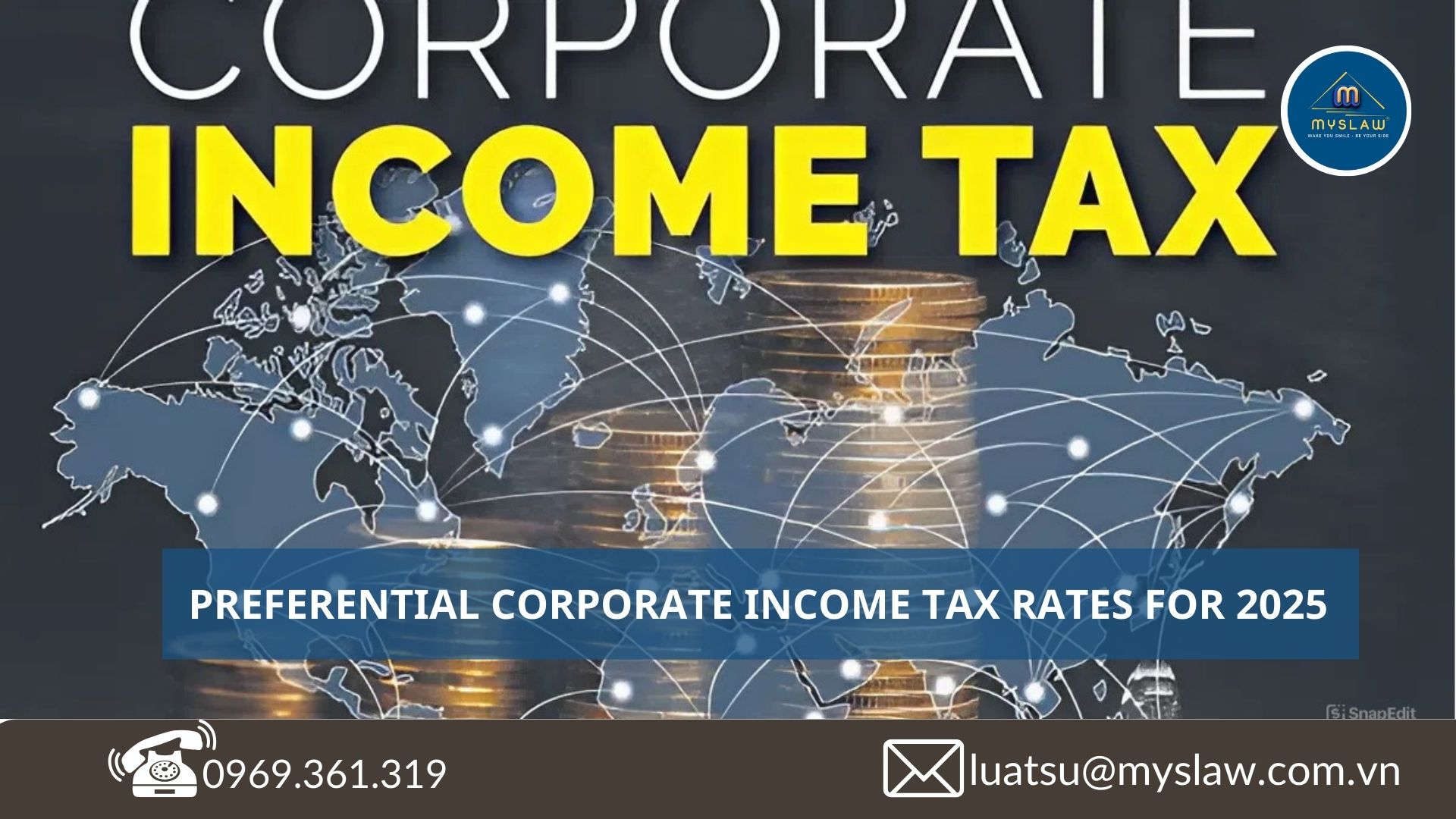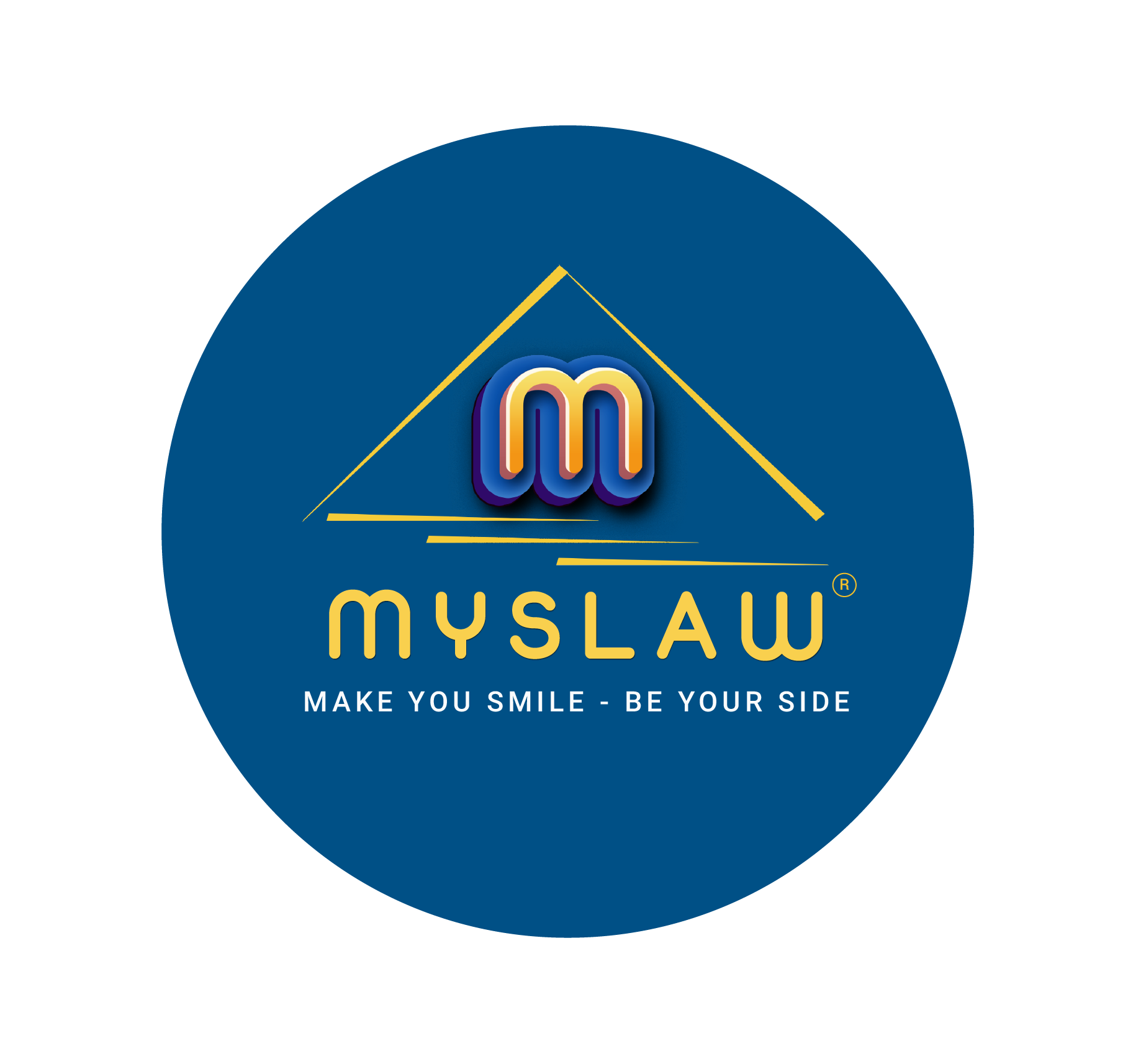The Corporate Income Tax Law No. 67/2025/QH15 outlines preferential corporate income tax rates effective from the 2025 tax calculation period. These policies are designed to incentivize investments in high-technology sectors, agriculture, and regions with difficult socio-economic conditions, fostering sustainable economic growth. The following sections detail the preferential tax rates, applicable cases, and compliance conditions.

Table of preferential tax rates
The following table summarizes the preferential tax rates and applicable cases as stipulated in Articles 12 and 13 of the Corporate Income Tax Law 2025:
| No. | Preferential tax rate | Applicable cases |
| 1 | 10% for 15 years | – Income from new investment projects in: high-technology applications, venture capital for high-technology development under the High Technology Law; production of software, network information security products, key digital technology products, electronic equipment under the Digital Technology Industry Law; research, design, production, packaging, and testing of semiconductor chips; construction of artificial intelligence data centers; production of prioritized industrial supporting products. – Income of high-technology enterprises, high-technology agricultural enterprises under the High Technology Law, or science and technology enterprises under the Law on Science, Technology, and Innovation. – Investment projects with a minimum capital of VND 12,000 billion, disbursed within 5 years; using technology meeting requirements of the Ministry of Science and Technology; or qualifying for special investment incentives under Clause 2, Article 20 of the Investment Law. – New investment projects in areas with particularly difficult socio-economic conditions, high-technology zones, high-technology agricultural zones, concentrated digital technology zones, or economic zones in difficult areas. |
| 2 | 10% | – Income from activities in forestry cultivation, crop planting, planted forests, livestock farming, aquaculture, and processing of agricultural and aquatic products in areas with difficult socio-economic conditions. – Income from professions such as: planting, caring for, and protecting forests; production and hybridization of crop and livestock varieties; post-harvest preservation of agricultural and aquatic products; production, exploitation, and refining of salt; socialization in education, healthcare, culture, sports, and environment as per the Prime Minister’s list; judicial expertise; investment in social housing. – Income of publishing houses, cooperatives, cooperative unions (not in particularly difficult areas or high-technology zones), and press agencies. |
| 3 | 15% | – Income from activities in crop planting, planted forests, livestock farming, aquaculture, and processing of agricultural and aquatic products, not located in particularly difficult or difficult socio-economic areas, high-technology zones, or economic zones. |
| 4 | 17% for 10 years | – New investment projects in: production of high-grade steel, energy-saving products, machinery for agriculture, forestry, fisheries, and salt production; irrigation equipment; animal feed; automobile production and assembly; other digital technology products; investment in facilities supporting small and medium enterprises under the Law on Support for Small and Medium Enterprises. – New investment projects in areas with difficult socio-economic conditions or economic zones not in difficult areas. |
| 5 | 17% | – Income of people’s credit funds, microfinance institutions, and cooperative banks. |
Analysis of preferential tax rates
- 10% tax rate for 15 years: This rate incentivizes investments in high-technology sectors and large-scale projects, particularly those with capital exceeding VND 12,000 billion. It supports economic development in particularly difficult areas, reducing regional disparities and encouraging long-term commitments in innovative sectors to enhance Vietnam’s global competitiveness.
- 10% tax rate: Targeting agriculture, socialized sectors, and press agencies, this rate alleviates financial burdens for rural and essential service enterprises, promoting economic equity and community development.
- 15% tax rate: Designed for agricultural activities in less challenging areas, this rate ensures broad support for agriculture while prioritizing more disadvantaged regions.
- 17% tax rate for 10 years: This rate focuses on supporting industries and innovation, reducing initial costs to enhance global competitiveness over the first decade of operation.
- 17% tax rate: Supports community-oriented financial institutions, particularly in rural areas, contributing to grassroots financial stability.
Conditions for applying preferential tax rates
According to Article 18 of the Corporate Income Tax Law, enterprises must meet the following conditions to qualify for preferential tax rates:
- Maintain accounting records, invoices, and vouchers, and declare taxes via the declaration method.
- Preferential tax rates for new investment projects do not apply to mergers, consolidations, divisions, ownership transfers, or enterprise type conversions.
- Enterprises must separately account for income from preferential and non-preferential activities. If separate accounting is not feasible, preferential income is determined by the ratio of revenue or costs.
- Non-compliance will result in tax recovery and penalties as per legal regulations.
These conditions ensure transparency and fairness, preventing misuse of tax incentives. Enterprises are advised to consult legal experts to ensure compliance and mitigate risks.
The above information is provided by Mys Law. For any inquiries related to the content of the article, please contact 0969.361.319 or email: [email protected] for assistance.
Editor: Nguyễn Thị Trà My





